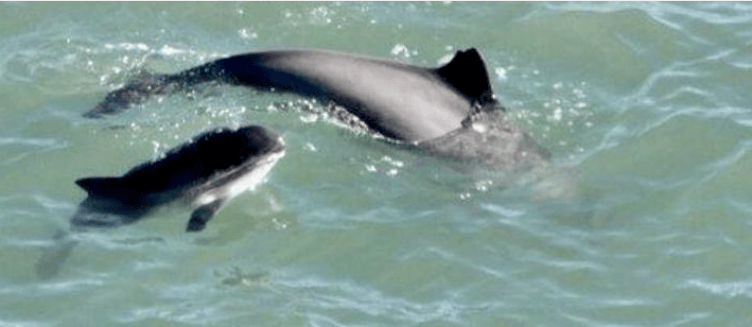WALKERS on a section of the King Charles III England Coast Path through West Somerset now have a clear run at the route after the removal of every gate between East Quantoxhead and Lilstock.
The Somerset Trail Partnership has been working with landowners and managers in the past year to improve accessibility on and around the coast path in the county.
The trail was already stile free, but the partnership has also worked to remove unnecessary gates and to change existing gates to make the path more accessible for all.
Now, the East Quantoxhead Estate has agreed to become gateless and the path is gate free from the point where it leaves the beach in St Audries Bay all the way to the beach in Lilstock.
The partnership has also been able to remove unnecessary stiles and gates from the access route to the trail in East Quantoxhead.

It means the route from the car park in East Quantoxhead and on the trail in both directions is now gate free.
A total of eight gates have been removed, creating a gate free route for almost four miles and making it more accessible for those who find gates, stiles or other barriers difficult to negotiate, as well as offering a more natural look to the trail.
A spokesperson said: “We are keen to continue working with land owners and managers on the trail to remove unnecessary furniture and create a more welcoming walking trail.
• A short section of the coast path has also been re-routed between Daw’s Castle and Cleeve Hill, near Watchet to take it away from an unstable cliff edge.
The old pathway, which went close to the cliff edge behind the remains of disused lime kilns, has now been fenced off and a new route talking walkers across the Daw’s Castle field has become the official route for the King Charles III England Coast Path.
A new fingerpost has also been installed on Cleeve Hill to mark the entry point to Daw’s Castle, and the point where the old path joined the road has been fenced closed.
An information panel explaining the history of the site has been re-located to make it much more accessible for everybody.
The site, which is owned by English Heritage, was founded by King Alfred to defend the people of Watchet against Viking attacks.
Once a fortified settlement, much of the land to the north of the site has now been lost to the sea.
• The partnership has worked with SeaWatch and Somerset Wildlife Trust to produce QR code plaques along the coast path to encourage people to report marine mammal sightings.
The plaques are being added to trail furniture at appropriate locations to allow people to log their sightings with the trust and with SeaWatch.
SeaWatch already collects data on sightings of marine mammals including dolphins, porpoises, seals and ocean sunfish, and holds regular marine mammal surveys across the coast of Somerset, as well as offering training in surveying techniques.





Comments
This article has no comments yet. Be the first to leave a comment.